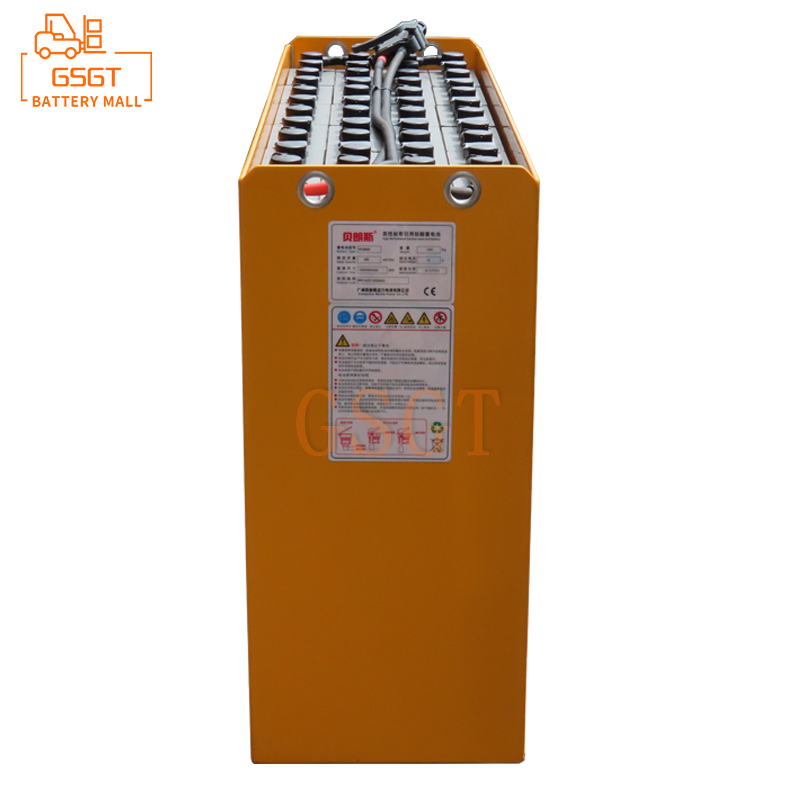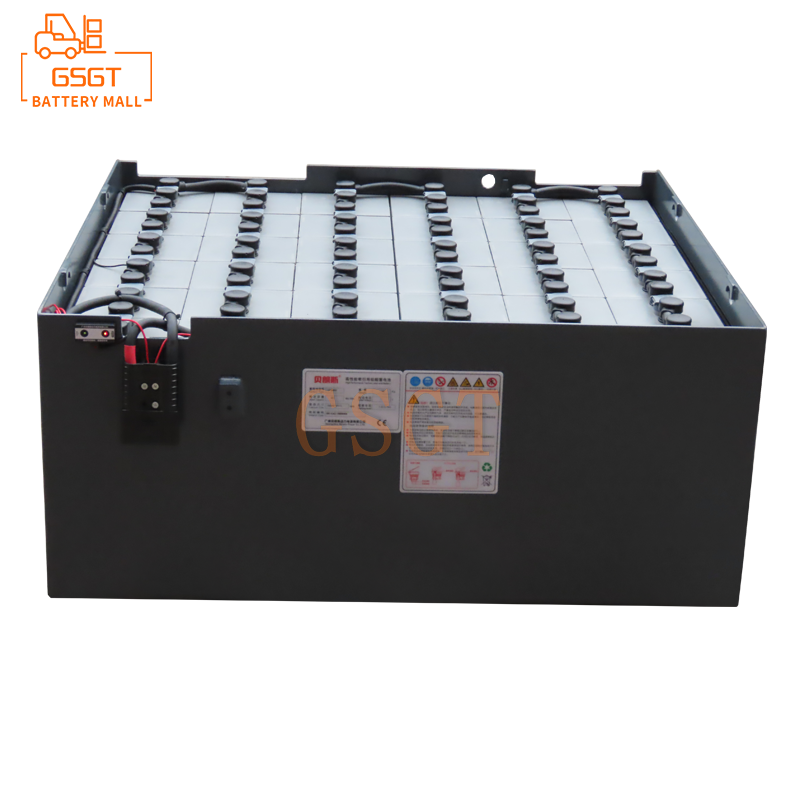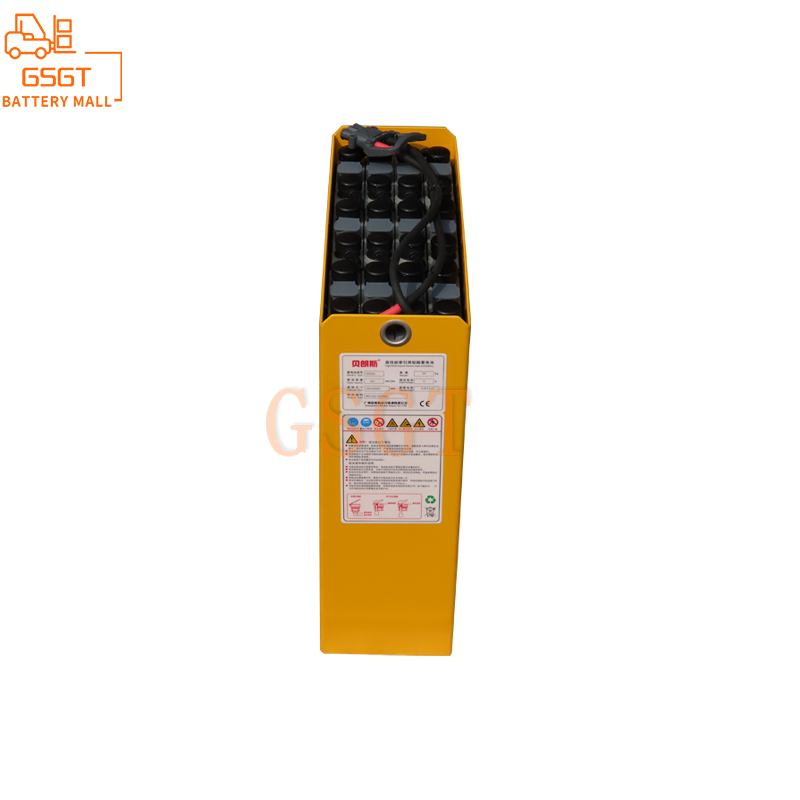Time:2025-03-24 18:07:59
Browse:599
In the field of modern energy storage, lead-acid batteries, with their advantages of mature technology, low cost and good high and low temperature performance, are widely used in many scenarios such as automobile start-up, electric vehicle power, and industrial backup power supply. However, the potential pollution in the production and recycling of traditional lead-acid batteries, such as lead pollution and acid pollution, has also been concerned. With the increasingly stringent environmental requirements, the lead-acid battery industry urgently needs to upgrade the environmental protection process, completely bid farewell to the hidden dangers of pollution, and achieve sustainable development.
## Production: Clean technology innovation
1. ** Lead powder manufacturing process optimization ** : Lead powder manufacturing is the beginning of lead-acid battery production, the traditional process in the lead powder grinding process is easy to produce a large amount of lead dust, polluting the workshop environment and endangering the health of workers. By precisely controlling the oxygen content in a closed system, lead powder is generated under specific oxidation conditions, reducing the particle size distribution range of lead powder, improving the quality of lead powder, and greatly reducing the amount of lead dust produced. For example, after a large lead-acid battery production enterprise uses oxygen-rich lead powder manufacturing equipment, the concentration of lead dust in the workshop is reduced from the original tens of milligrams per cubic meter to several milligrams per cubic meter, reaching the strict national occupational exposure limit standard, and effectively protecting the safety of the working environment of workers.
2. ** Plate pasting and curing process improvement ** : In the process of plate pasting, the traditional open pasting method is easy to lead to scattered lead paste, and the uniformity of paste thickness is difficult to ensure, which not only wastes raw materials, but also increases the subsequent cleaning cost and pollution risk. Today, the advanced automatic paste production line uses a closed paste system, and the lead paste is evenly and accurately coated on the plate through high-precision metering pumps and molds, reducing the waste and scattering of lead paste. In the curing process, a new type of hot air circulation curing technology is introduced to replace the traditional steam curing method. Hot air circulation curing can more accurately control the temperature and humidity, making the plate curing process more uniform and stable, greatly improving the plate quality, while reducing the water waste and potential acid and alkali pollution emissions caused by steam use.
3. ** Electrolyte preparation and injection process improvement ** : electrolyte preparation is one of the key processes of lead-acid battery production, and the volatilization of sulfuric acid in the traditional preparation process is easy to cause acid fog pollution. At present, many enterprises use fully closed and automated electrolyte preparation systems to accurately measure the proportion of sulfuric acid and pure water in a sealed environment, and control the preparation temperature through the cooling device to effectively inhibit the volatilization of sulfuric acid. In the liquid injection process, the vacuum injection technology is used to vacuum the inside of the battery first, and then the electrolyte is injected quickly to ensure that the electrolyte is evenly distributed in the inside of the battery to avoid pollution caused by electrolyte overflow. Through these process improvements, the concentration of acid fog emission was reduced by more than 80%, and the air quality of the workshop was significantly improved.
## Recycling link: Construction of green recycling system
1. Application of high efficiency disassembly technology ** : The first step of lead acid battery recycling is disassembly, traditional manual disassembly is low efficiency and high risk of lead pollution. The new mechanized disassembly equipment enables fast and safe disassembly of batteries. These devices use mechanical grippers, crushers and other devices to separate components such as battery shells, plates, and electrolytes. For example, an advanced automatic dismantling line can handle hundreds of waste lead-acid batteries per hour, and the dismantling process is carried out in a confined space, equipped with an efficient lead dust collection device, which can collect and treat the lead dust generated during the dismantling process in time to prevent it from spreading into the environment.
2. ** Lead paste treatment innovation ** : The lead paste of waste lead-acid batteries contains a large amount of lead and other valuable metals, and the traditional fire smelting treatment of lead paste will produce a large number of harmful gases such as sulfur dioxide, polluting the atmospheric environment. Today, hydrometallurgical processes are gradually becoming mainstream. This process uses a specific chemical solution to leach the lead paste, convert the lead into soluble salt, and then through a series of chemical separation and purification steps to obtain a high purity lead product. At the same time, the process can also effectively recover antimony, bismuth and other valuable metals in the lead paste, and realize the comprehensive utilization of resources. Compared with fire smelting, the sulfur dioxide emission of hydrometallurgical process can be reduced by more than 90%, which greatly reduces the pollution to the atmospheric environment.
3. ** Waste acid treatment and recycling ** : Waste acid in waste lead-acid batteries, if not properly treated, will cause serious pollution to soil and water. At present, the advanced waste acid treatment technology uses ion exchange resin, electrodialysis and other methods to purify and concentrate the waste acid. The purified sulfuric acid can be reused in the production of lead-acid batteries or other industrial fields to realize the recycling of waste acid. For example, a recycling enterprise can recycle thousands of tons of sulfuric acid every year by establishing a waste acid treatment recycling system, which not only reduces the procurement cost of sulfuric acid, but also avoids the harm of waste acid discharge to the environment.
## Enterprise management and industry supervision: double guarantee
1. Strengthen the internal environmental protection management system ** : lead-acid battery production and recycling enterprises should establish a sound internal environmental protection management system, from raw material procurement, production process control, pollutant emission monitoring to employee environmental protection training, for a full range of management. Enterprises should be equipped with professional environmental management personnel, regular environmental inspection and maintenance of production equipment, to ensure the normal operation of environmental protection facilities. For example, an enterprise has developed a detailed environmental protection operation procedure, clearly stipulates the environmental protection requirements of each process, and incorporates environmental protection indicators into the employee performance appraisal system, which greatly improves the environmental protection awareness and operation standardization of employees.
2. ** Industry supervision and standards improvement ** : Relevant government departments need to strengthen the supervision of the lead-acid battery industry and strictly implement environmental regulations and standards. On the one hand, improve the industry access threshold, the new and expanded lead-acid battery production and recycling projects to carry out strict environmental impact assessment; On the other hand, strengthen the daily supervision of existing enterprises, and regularly monitor and inspect the pollutant emissions of enterprises. At the same time, continue to improve the industry environmental standards, and promote the lead-acid battery industry to develop in a more environmentally friendly and green direction. For example, in recent years, the state has introduced stricter emission standards for lead-acid battery production and recycling pollutants, prompting enterprises to accelerate the pace of environmental protection process upgrading.
Through the clean technology innovation in the production link, the construction of the green recycling system in the recycling link, and the dual protection of enterprise management and industry supervision, the lead-acid battery industry can effectively realize the upgrading of environmental protection processes, gradually bid farewell to the hidden dangers of pollution, and achieve harmonious coexistence with the environment while providing reliable energy storage products for the society.

$3810

$4045

$1270

$2040

MESSAGE
Professional And Efficient
Security
Affordable Price
Professional Services